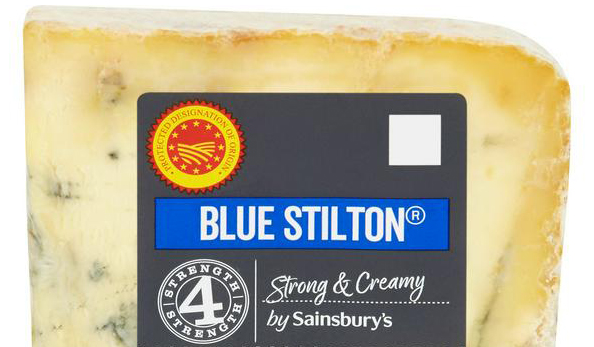
English wine. Stilton Blue. London Cure smoked salmon. These are not just happy memories of a sumptuous Christmas feast as we sit here in 2021, hoping for a more predictable year ahead whilst recovering from festive gluttony.
The food items listed are registered under the EU Geographical Indication (“GI”) scheme, just as Champagne and Parma ham are. As such, they are protected against imitation throughout the EU: so, for example, whisky made in France can no more be called “scotch whisky” than English sparkling wine can be called “champagne”. The production of scotch whisky is restricted to Scotland, and the production of Champagne to one specific region of France.
Make your mark
A trade mark performs the essential function of identifying the origin of goods and services as being a particular trader; in similar fashion, the purpose of a GI is to indicate that certain goods have originated from a specific region and possess qualities particular and peculiar to regional tradition. A product claiming a certain origin protected by an EU GI must bear the appropriate logo.
There are some 88 British food, drink and agricultural produce names currently protected by the EU GI scheme covering everything from cheese to wool, and that list is growing.
With the Brexit-transition period at an end, many brand owners are keen to ensure that all of their protections remain in place throughout both the UK and the EU. EU trade marks (EUTMs) are being converted to UK trade marks (UKTMs) automatically by the Intellectual Property Office; the GI right is receiving the same treatment.
Post-Brexit, the EU GI scheme no longer extends to the UK, and hypothetically (and technically) a Yorkshire dairy could call its clotted cream, made in Yorkshire, “Cornish Clotted Cream” without repercussions.
But existing GIs specific to the UK registered under the EU GIs would still continue to receive protection in the EU. A French cream manufacturer, for example, will not be able to call their clotted cream “Cornish Clotted Cream” unless it has been made in Cornwall to the specifications of the GI registration.
However, Cornish dairies need not fear; duplicate UK registrations of EU GIs will automatically be created under the new UK GI scheme, managed by the Department for Environment, Food and Rural Affairs.
From January 2021, to protect a new UK-based GI in both the UK and the EU, applicants will have to file an application in the UK first, obtain registration and then apply to the EU scheme. A GI can be applied for by an individual producer or a group of interested parties. As with similar schemes, once you’ve obtained registration in the UK, that base registration can be used to apply for protection in other jurisdictions.
Protection, appeal and value
So why, as a trade mark specialist, am I waxing lyrical about GIs?
If you are a manufacturer or producer of a food, drink or agricultural product in the UK that is specific to your region and has an established tradition, then you could benefit from the additional protection that a GI might provide. Of course you should already have an established protective trade mark portfolio, but the use of a GI badge may help not only to enhance the appeal (and value) of your product, it could also offer an extra weapon in your brand protection arsenal.
If, for example, a copycat is using certain similar elements of your branding but not enough for a trade mark infringement or passing off claim, then GI protection may provide you with an opportunity to stop the copycat if they are falsely claiming that their product has the same specific traditional origin.
A protected GI is also capable of preventing the registration of misleadingly similar trade marks.
A recent decision in Singapore thwarted an attempt by a Singaporean company to register a trade mark containing the word “CHAMPENG” for “sparkling wine”. This sailed a little too close to the wind for the French trade association responsible for protecting the Champagne brand; they opposed the registration, relying on the protection offered by the Champagne GI which is registered where possible around the world.
The judgment held was that the applicant must have had knowledge of Champagne and its protected status. They had therefore used an acronym to avoid blatant copying, which was held to be in bad faith. The opposition was successful, and the trade mark application rejected.
If you are auditing your trademark portfolio as we exit the EU, it’s a good time to consider other protective measures available to you: a GI may well be one of them.
For more information
Find out more about the UK GI scheme and how to register here:
www.gov.uk/guidance/protecting-food-and-drink-names-from-1-january-2021
Find out more about the EU GI scheme and how to register here:
www.gov.uk/guidance/eu-protected-food-names-how-to-register-food-or-drink-products





